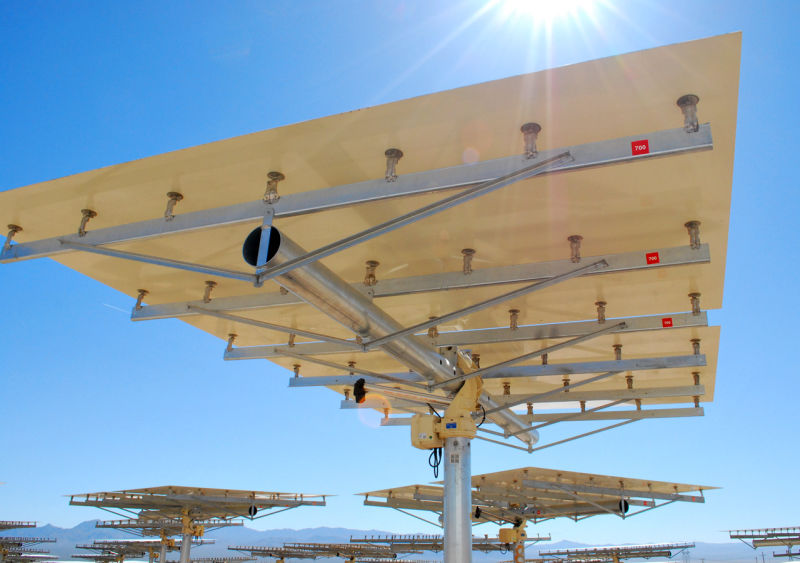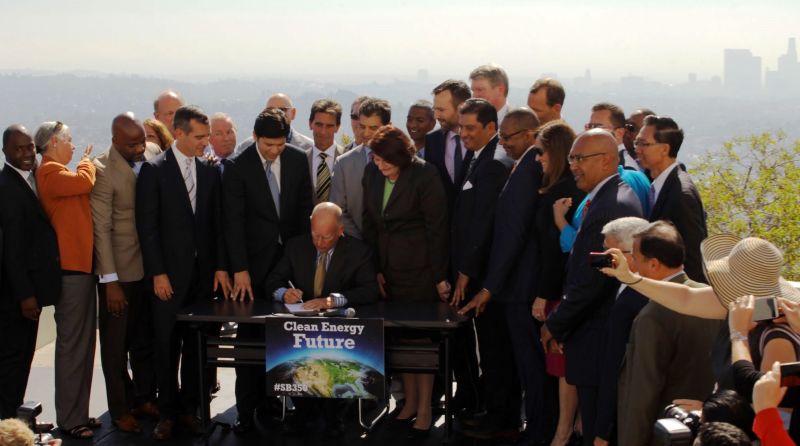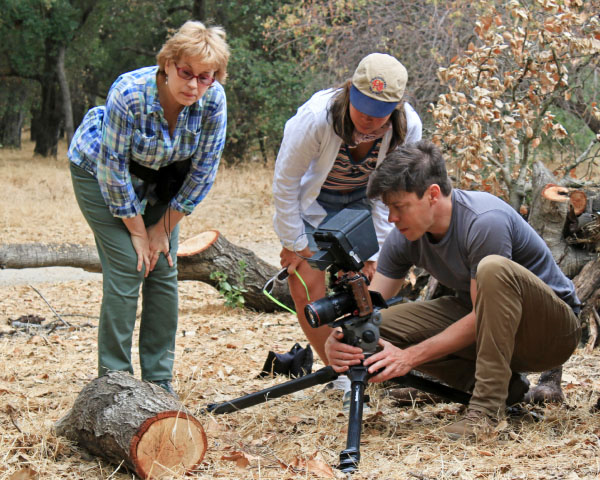California Governor Jerry Brown has signed landmark legislation requiring the state to get 50 percent of its energy from renewables by 2030.
Currently about 25 percent of the state’s energy comes from renewable sources like wind, solar and geothermal.
“California, through this bill, is taking a major step,” Brown said. “Other people are going to follow. But it’s not going to be easy.”

The San Jose Mercury News‘ Paul Rogers talked to experts about the significance of this legislation and the difficulty of implementing the plan:
“It’s huge,” said Kathryn Phillips, state director for Sierra Club California. “It tells banks and utilities, and the people who make solar panels and windmills, that there is going to be a market. If you are thinking, ‘Should I invest in oil wells in Bakersfield or solar panels in Fresno,’ the solar panels are now the better bet.”
But energy experts say that it won’t be easy to reach the legislation’s goals in a state with 38 million people and a $2 trillion economy.
“We’re pushing the envelope hard,” said James Sweeney, director of the Precourt Institute for Energy Efficiency at Stanford University. “It’s going to be challenging. I don’t know if it is going to be viable without major economic consequences.”
Key among the challenges: The sun doesn’t shine at night and the wind doesn’t blow all the time.
Two other states including Hawaii and Vermont have higher percentages. Hawaii aims to adopt 100 percent renewable energy by 2045 and Vermont is seeking 75 percent by 2032.

